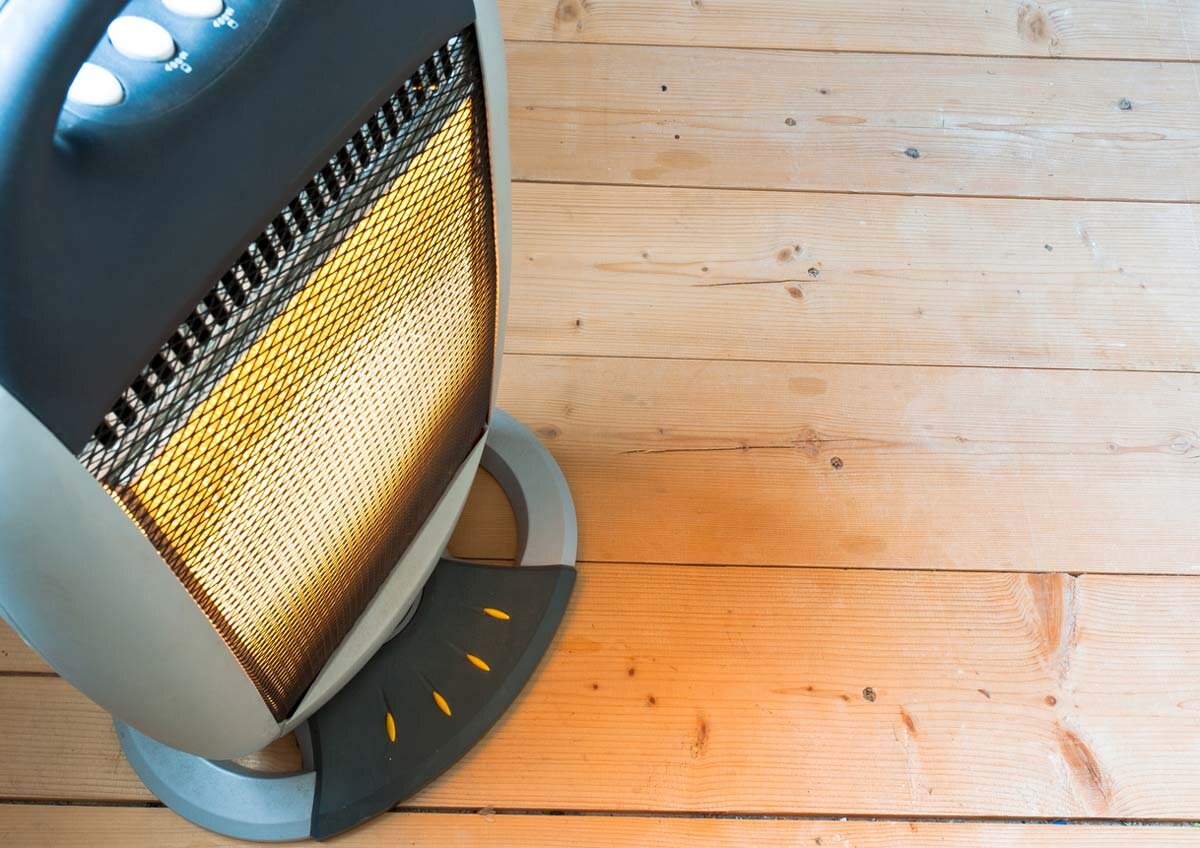Do Not Display
Geothermal heating utilizes the natural heat in the ground to warm your home in the winter. It comprises an indoor pump, a compressor, and a fan, as well as looped piping that's buried in your yard. The geothermal pipes contain a fluid that absorbs heat from the ground and transfers it to the geothermal pump, which sends the heat as warm air throughout your home.
Here are some exceptional benefits a geothermal system offers your Broken Arrow home.
Promotes Health and Safety
Geothermal heating uses renewable energy from below the Earth's surface rather than flammable fossil fuels, making it safer and more environmentally friendly than other heating systems. It doesn't produce carbon monoxide. It also doesn't recycle air, which reduces the threats to your home's air quality. As a result, a geothermal system is more beneficial to your family's health.
Geothermal Heating and Cooling
In addition to providing heating in the winter, a geothermal system can provide cooling in the summer. In the summer, a geothermal system absorbs heat from your home and transfers it to the underground piping loops, where the Earth absorbs it.
Hot Water Supply
A geothermal system can produce the hot water you need for your bathroom and kitchen. What's more, it heats water more efficiently than standard water heaters.
Efficiency
A geothermal system uses significantly less energy to draw heat from the ground than gas furnaces, achieving between 400% and 600% efficiency. It also performs the work of an air conditioner and a water heater. Consequently, it can lower your overall energy consumption by as much as 70%.
Works Silently
Once installed, a geothermal system operates quietly.
Long-Lasting
A geothermal system isn't installed directly outside. As a result, its components aren't subject to deterioration from exterior elements like rain, snow, ice, and varying temperatures. The indoor parts have a life span of several decades. The rest of the geothermal system can last as long as 80 to 100 years and usually comes with an especially long warranty.
Although geothermal heating has high initial costs, it will likely end up paying for itself and providing valuable benefits for many generations to come. Contact us at Air Assurance if you need information on geothermal systems or other heating and cooling products and services in the Broken Arrow area.









